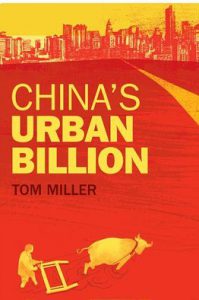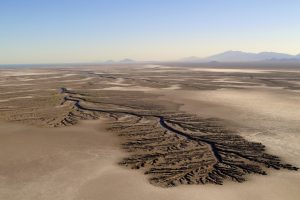Ten Billion
Stephen Emmott
Penguin, 2013
Stephen Emmott’s book on global ecological challenges is attracting much attention. The work is extremely short – perhaps about 15,000 words – and is in the form of notes that provide terse commentary on a series of graphs. Although any attempt to increase mankind’s alarm at the threat from climate change is welcome, Emmott’s book is error-strewn, full of careless exaggeration and weak on basic science.
Emmott starts by looking at population from the year 10,000 BC. He says he uses data from the UN but I cannot find anything produced by this organisation that records estimates prior to 1950. He seems instead to have employed a file found on the internet at https://commons.wikimedia.org/wiki/File:Population_curve.svg. This file has the unusual features of Emmott’s first chart, such as the use of a year called ‘AD1’. He uses the curve of population growth to tell us we might see a fourfold increase in population by 2100, an estimated 28 billion.
Despite Emmott’s assertions to the contrary, population growth has been slowing steadily since the 1960s. The number of people in the world is increasing by about 1% a year and the slowdown will almost certainly continue. This is never mentioned, let alone discussed by Emmott. Reasonable 2050 predictions are almost all in the 9 to 10 billion range, with most people seeing declines after that date.
Similarly, he addresses food supply with passionate language and few facts. He ignores the relatively stable and gradual increases in food availability per person over the last half-century and predicts coming apocalypse. He reserves particular scorn for the impact of improved agricultural technologies such as pesticides and fertilisers. ‘The Green Revolution is a myth’ he writes, ignoring the extraordinary and reliable increase in food production launched by the plant breeder Norman Borlaug in India that has made famine rare.
When it comes to discussion of fish production, Emmott shows an equally disturbing lack of knowledge. He writes that a ‘fully exploited’ fishing ground has ‘no fish left’. Actually, the words mean that the rate of fish extraction cannot be increased without loss of long term fish extraction potential.
He’s also worried about water availability. This is indeed going to be one of the world’s most pressing problems by 2050. But he exaggerates, as in so many other instances, the current seriousness of the issue. Several of his very sparsely filled pages are given over to discussing how much water is needed to grow food but nowhere does he discuss global availability. It’s true that the world uses 6,000 cubic kilometres of fresh water a year but we probably have about twenty times this much available in one form or another. Small improvements in irrigation practices will almost certainly help us decrease water stress in the most threatened global food production areas.
He’s not a fan of renewable energy sources but his opinions are surprisingly casual. Photovoltaics (PV), for example, is flawed because ‘the production of the new generation of solar panels involves nitrogen triflouride (sic) – one of the most potent greenhouse gases on earth’. Nowhere does he tell us that this molecule has been used for years and that when calculations have been done, the carbon benefit of the renewable electricity generated by the panel dwarfs the global warming impact of the nitrogen trifluoride used. This is typical of the book: lots of strong assertions, no analysis and lots of factual mistakes.
Although I think that most of what he says on other subjects is ill-researched, many readers will agree strongly with his views on climate change. He exaggerates the likely increase in global energy need – a few well researched charts from the recent BP statistical review would have helped him – but we do face a real likelihood of a 4 degree temperature rise on current trends. Emmott is right to emphasise the weak global response to this threat.
Chris Goodall is a businessman, author and climate change expert. He is the author of Ten Technologies to Save the Planet.
An earlier version of this review was first published on Carbon Commentary.




